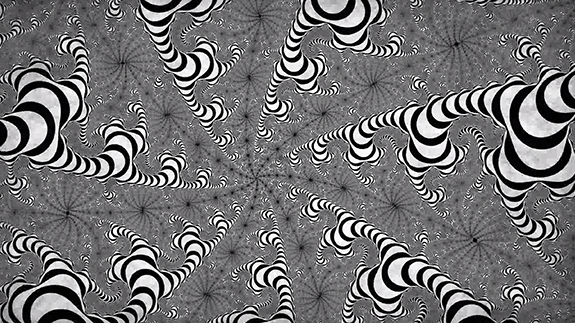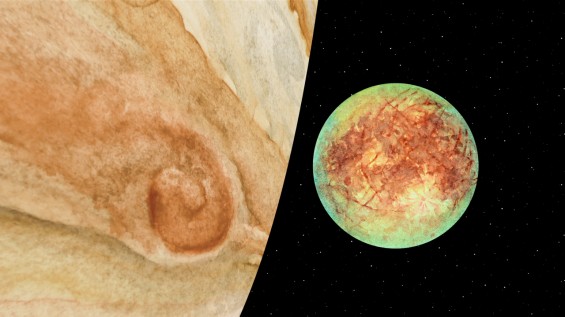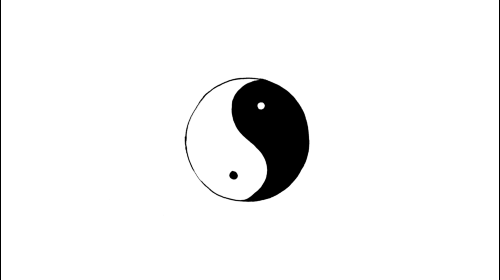
Unlocking fractals: An exercise in pure mathematics

“This shape here just came out of an exercise in pure mathematics. Bottomless wonders spring from simple rules, which are repeated without end.’
This poetic definition of fractal geometry is the closing note of Benoit Mandelbrot’s 2010 TED Talk ‘Fractals and the art of roughness.’ And while this definition touches on the extraordinary nature of these incredibly complex and infinite patterns, there is no better way to understand fractals than by seeing them. In this TED Talk and TED-Ed Lesson pairing, we will take a closer look at the unbelievably beautiful world of fractal geometry.
Fractals are infinitely complex patterns that are self-similar across different scales, created by repeating a simple process over and over in an ongoing feedback loop.
Confused yet? We’ll start our exploration of fractals with the man who coined the term: Benoit Mandelbrot.
Studying complex dynamics in the 1970s, Benoit Mandelbrot had a key insight about a particular set of mathematical objects: that these self-similar structures with infinitely repeating complexities were not just curiosities, as they’d been considered since the turn of the century but were in fact a key to explaining non-smooth objects and complex data sets – which make up, let’s face it, quite a lot of the world. Mandelbrot coined the term “fractal” to describe these objects, and set about sharing his insight with the world.
In this TED Talk from 2010, Mandelbrot develops a theme he first discussed at TED in 1984 — the extreme complexity of roughness and the way that fractal math can find order within patterns that seem unknowably complicated.
Now that you’ve been primed on fractals, let’s take a look at them in action. When TED-Ed Educators Alex Rosenthal and George Zaidan were tasked with writing a TED-Ed Lesson on fractals (with a targeted K-12 audience), they tackled the difficult math concept with a narrative bent. Diving headfirst into a fun film noir treatment, the educators (along with animator Jeremiah Dickey) created an amazing visual world for the fractals to shine.
When asked why they decided to go for narrative, educator Alex Rosenthal says, “I go in looking for the narrative. My background is in theater and in film, and I’m always looking for those ways to enter in, especially when it comes to math and science. Not just reporting it but to tell the story. Because I think a good story and characters can help get you in and give you an empathetic, intuitive sense of the subject more than if it was just the pure information.”
For extra credit, check out one more TED Talk on The fractals at the heart of African design. >>


